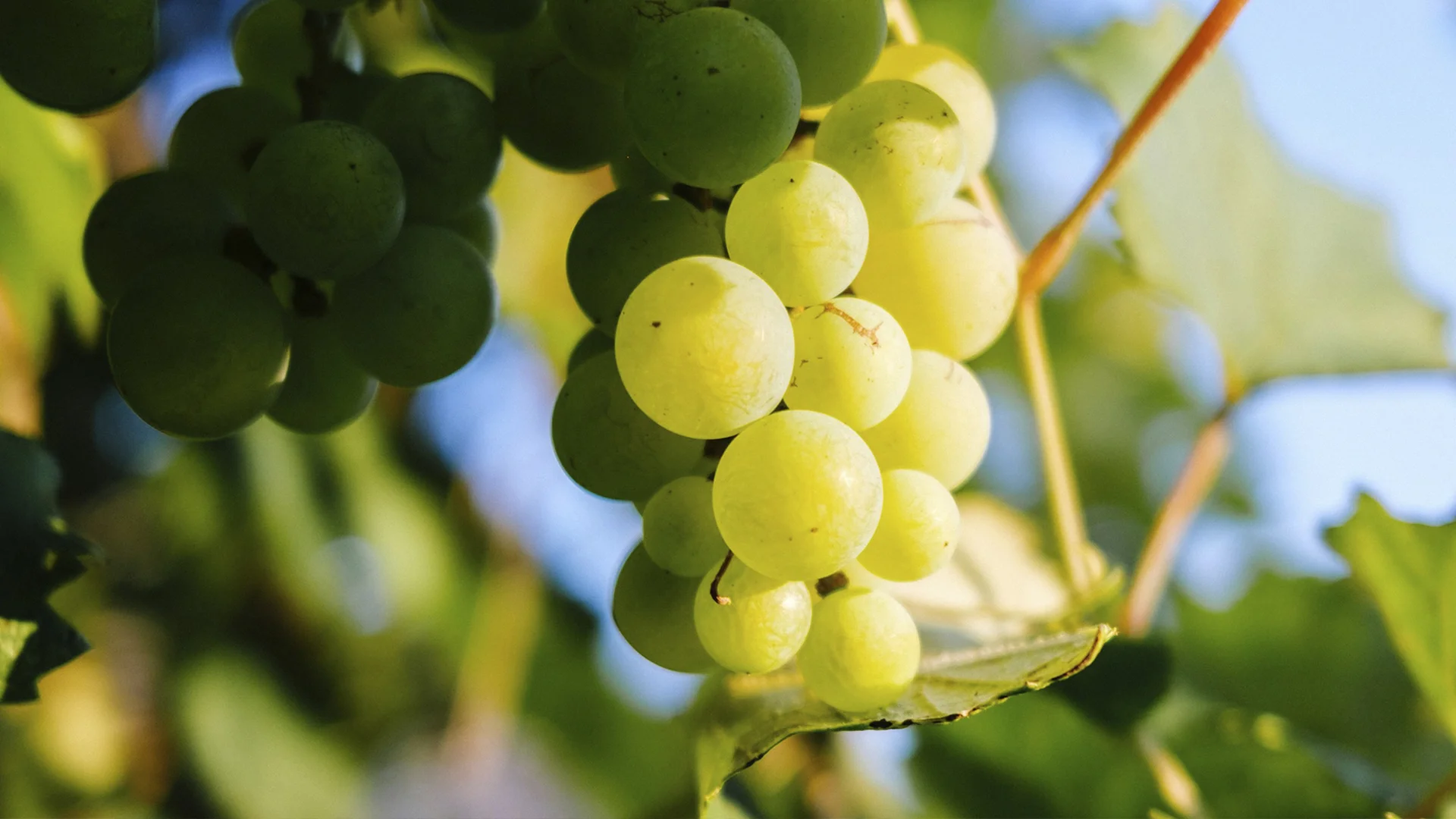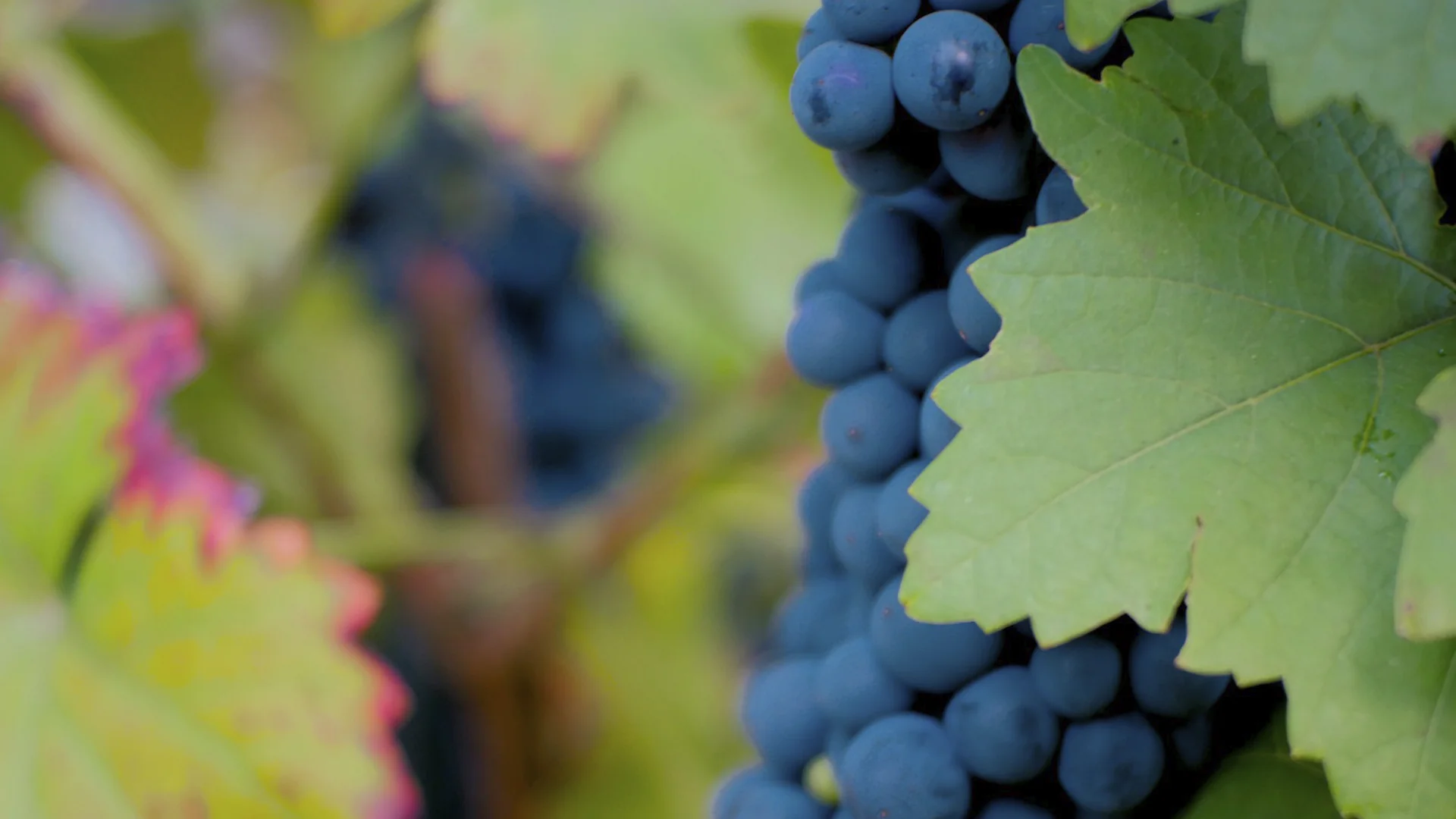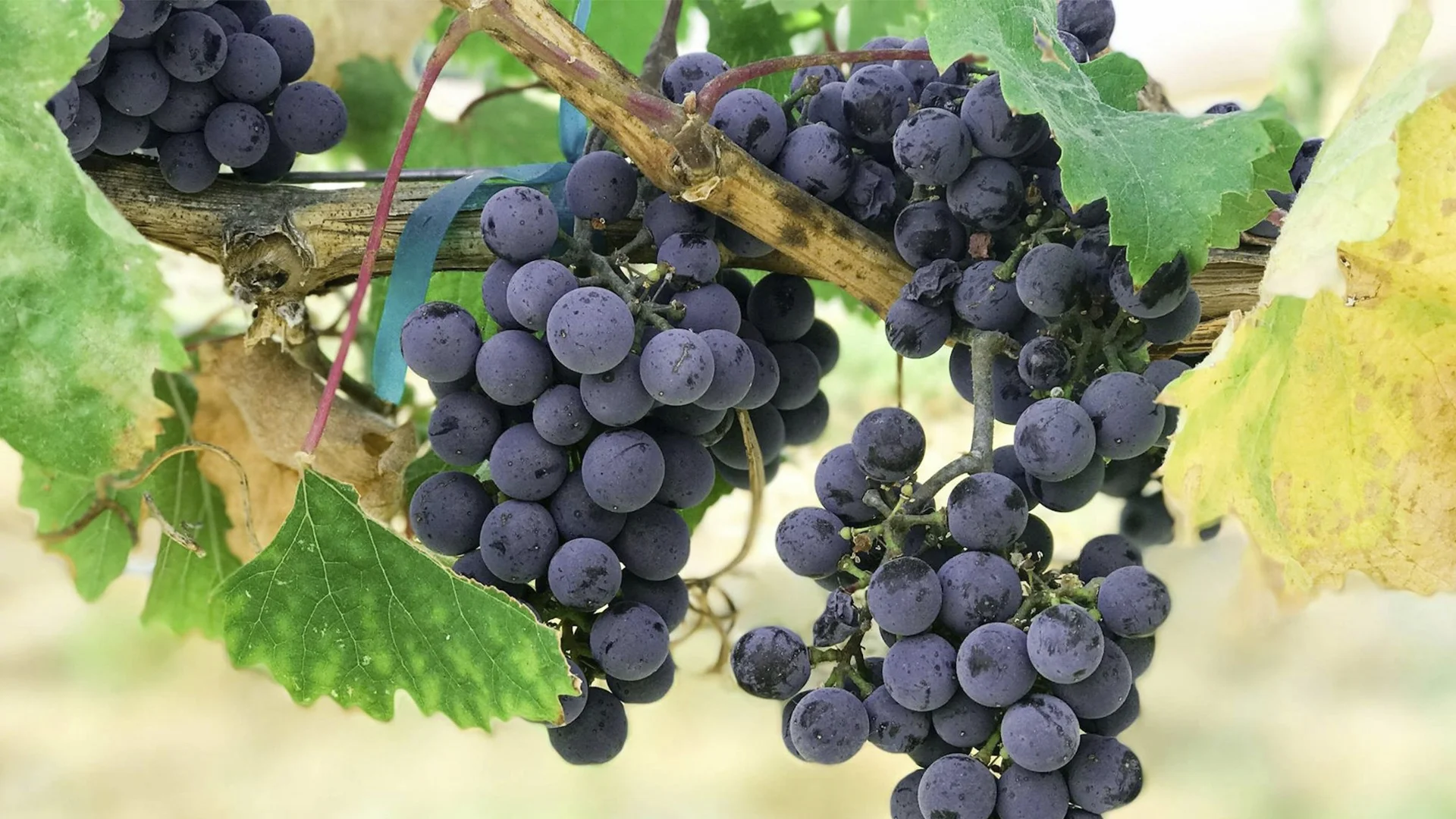
The Sultaniye grape variety, known locally as “İzmir üzümü” (Izmir grape) and internationally as “Sultana,” is one of Turkey’s most cherished grape varieties, with the same recognizement than other grapes like Okozgüzu, and its renowned for its versatility and sweetness. It holds a prominent place in both table grape and raisin production, making it a staple in both local markets and worldwide exports. You may have encountered this grape unknowingly, as its high-sugar, seedless berries make it the most common raisin grape. While primarily used in fresh and dried forms, Sultaniye also finds its way into light, aromatic wines that showcase its fruity nature.
Sultaniye grapes are medium-sized, round, and pale green to golden yellow in colour, often growing in dense, heavy clusters that contribute to their popularity among growers. Their thin skin and translucent appearance, especially when ripe, make them appealing both fresh and dried.
With a naturally sweet flavour and mild acidity, Sultaniye grapes are highly aromatic, carrying floral and honey notes. Even the driest Sultaniye wines impart a slightly sweet impression due to their fruity aromas, including hints of green apples, pear, pineapple, and subtle herbal tones. Sultaniye’s acidulous varieties, such as acidulous Sultaniye grapes, add a crispness that balances the grape’s characteristic sweetness. Some Sultaniye wines also exhibit high acidity, enhancing their overall structure and pairing versatility.
Sultaniye grapes have a soft, juicy texture that enhances their appeal as a table grape. When dried, they retain a pleasant chewiness and intensified sweetness, ideal for snacking or culinary applications.
One of the most famous applications of Sultaniye grapes is in raisin production. Turkey is a global leader in this market, exporting high-quality Sultaniye raisins thanks to the grape’s seedless nature and high sugar content.
Though not traditionally a wine grape, Sultaniye is increasingly used in fresh, easy-to-drink wines. Its wines range from sweet to dry, often with a pleasant aroma and smooth, dry wine characteristics, creating a food-friendly profile that pairs well with a variety of dishes. Some Sultaniye wines are also full-bodied, emphasizing their robust characteristics and strong flavours. Common tasting notes in Sultaniye wines include green apple, hay, and light floral tones. Some producers blend Sultaniye with other varietals, particularly Narince, to add depth and balance. Sultaniye wines also pair excellently with oily fish, enhancing the harmonious balance of flavours.
Widely enjoyed as a table grape, Sultaniye’s mild sweetness and juicy texture make it ideal for salads, juices, and desserts. Its versatility in fresh applications complements savoury dishes and lighter fare.
In addition to table grapes and raisins, Sultaniye is used in traditional Turkish foods like pekmez (a molasses-like syrup) and rakı (a distilled alcoholic drink). Sultaniye’s mild flavor enhances a variety of culinary applications without overwhelming, making it a flexible ingredient for jams, savory dishes, and desserts.
With a broad spectrum of wine styles, Sultaniye is remarkably food-friendly. Pairing options range from fried foods, creamy dips like guacamole, to fresh green vegetables such as asparagus, zucchini, and avocado. Its wines can also complement herbs and spices like lemongrass, chervil, and garlic, while lighter cheeses like mozzarella and young Gouda enhance the wines’ fruity profiles.
In Turkey, Sultaniye grapes are integral to culinary traditions, from stuffed grape leaves to fresh fruit dishes. They hold a special place in Mediterranean diets, highlighting the grape’s cultural value and versatile uses.
The cultivation of Sultaniye supports thousands of Turkish farmers, especially in the Aegean region. The grape’s high yield and demand for raisins contribute significantly to Turkey’s economy and create jobs in rural communities.
Turkey is among the largest exporters of Sultaniye raisins and fresh grapes, with markets across Europe, North America, and Asia. The grape’s versatility in fresh, dried, and processed forms reinforces its global economic impact.
Sustainable agriculture practices are shaping the future of Sultaniye cultivation, with an emphasis on water conservation and pest-resistant strains. Organic and biodynamic farming methods are also gaining traction in response to consumer demand for natural and environmentally friendly products.
Sultaniye grapes benefit from a growing demand for seedless, natural fruit products. Their nutritional benefits and mild sweetness align well with health-conscious consumer trends, reinforcing the grape’s appeal in fresh and dried forms.
Selective breeding and genetic modification are being explored to improve Sultaniye’s resilience against pests and climate variability. These innovations could extend the grape’s adaptability and economic viability in the face of environmental challenges.
Sultaniye grapes trace their origins to Turkey’s Aegean region, particularly Denizli and Manisa, where they’ve been cultivated for centuries. Closely related to the Thompson Seedless grape, Sultaniye has played an essential role in traditional Turkish cuisine and commercial viticulture, furthering its reputation for sweetness and versatility. This hardy grape is not only a symbol of Turkey’s agricultural heritage but also a mainstay in the Mediterranean’s viticultural history.
This grape requires a hot, Mediterranean climate, with temperatures between 25–35°C (77–95°F) and plenty of sunlight. Excess humidity and rainfall can reduce quality, making careful irrigation management essential.
Sultaniye grows best in well-drained, loamy soils rich in organic matter. The grape thrives in soil with a slightly alkaline pH, particularly clay loam and chalky soils, which provide the right balance of drainage and moisture retention.
Due to its vigorous growth, Sultaniye requires careful pruning and trellising to maximize sun exposure and airflow. Harvesting typically occurs in late summer to capture the grape’s peak sweetness.
Though resilient, Sultaniye grapes are susceptible to pests like grapevine moths and diseases like downy mildew. Natural pest management and targeted interventions help protect the vineyards, especially in high-humidity regions.
Sultaniye grapes thrive in regions with warm, dry summers and mild winters. They are primarily grown in Turkey’s Aegean region but are also cultivated in Greece, Iran, and parts of North Africa, where similar climates and soil conditions contribute to high yields. Due to its adaptability, Sultaniye is also found in white wine blends alongside grapes like Narince, creating unique and locally beloved profiles. The blending of Sultaniye with Narince grapes results in wines with assertive citrus flavours, good acidity, and aging potential, making them ideal for pairing with oily grilled fish and spicy chicken.
Climate change, water scarcity, and soil erosion pose challenges to Sultaniye’s future. Sustainable practices, such as reducing water use and improving soil management, are critical to ensuring the longevity of Sultaniye cultivation.
Each of these producers showcases Sultaniye’s versatility in winemaking, capturing its fruity, fresh qualities while crafting unique expressions that pair beautifully with a range of Mediterranean and Turkish-inspired dishes.
Sultaniye stands out for its adaptability, economic impact, and widespread appeal. From a dietary staple to a cultural symbol, it is a versatile and valuable varietal with significant potential for growth and innovation in Turkish and global markets.
The Sultaniye grape embodies versatility and cultural significance. As a staple of Turkish agriculture, it excels in both local and international markets, offering a sweet, balanced flavour profile in fresh, dried, and wine applications. Its widespread appeal, cultural heritage, and economic value make it an invaluable varietal.





























































































.webp)

.webp)





Are you interested in
collaborating with us?